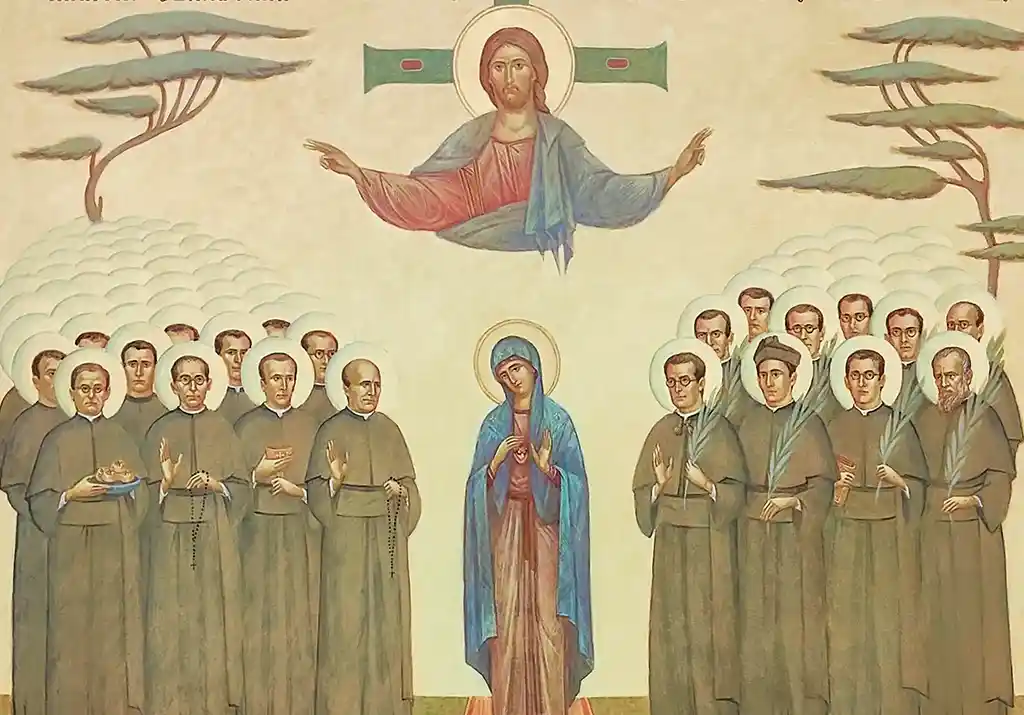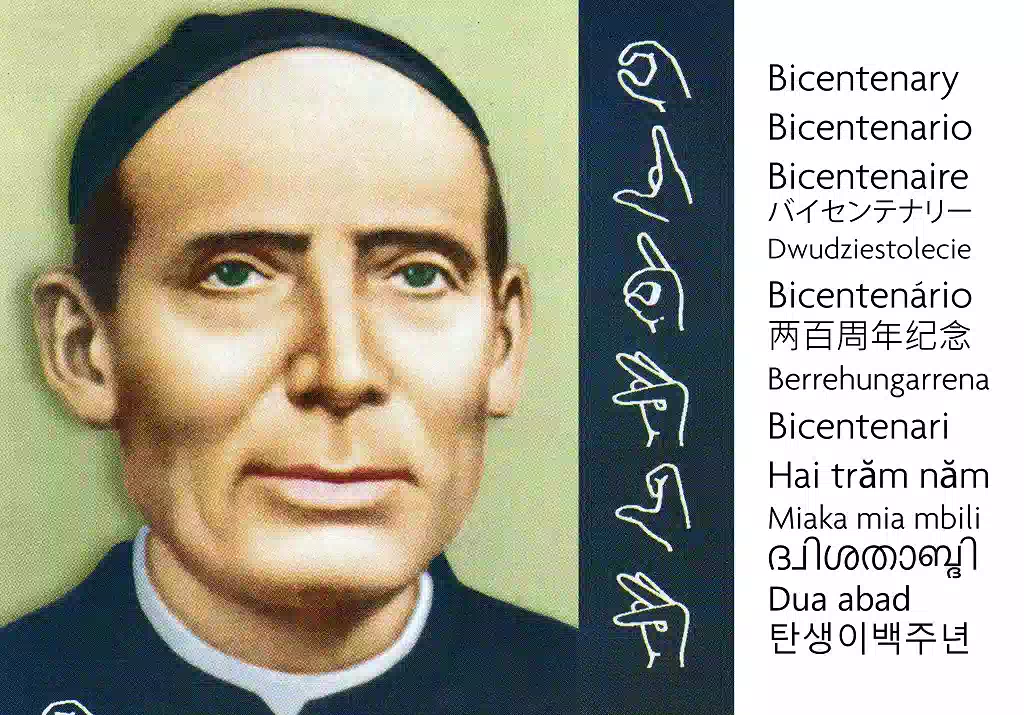DETACHMENT AND ADORATION
Fr. Claret had a great aesthetic sensibility; it was not in vain that he had studied drawing and textile design. He drew his own archiepiscopal coat of arms, the shield of the Academy of St. Michael, the many pictures in his Catecismo Explicado, etc. About his youth in Barcelona he wrote many years later: ‘I liked to dress – I won’t say luxuriously – but with a certain elegance’ (Aut.72). At that time, fleeing from a seductive woman, he left the house so speedily that he forgot his hat; he was so ‘embarrassed’ that he never forgot it. Of the poor Jesus, notice that he died ‘with neither hat nor cap (Aut.429).
The imitation of the poor Christ and the preoccupation to save so as to help the poor was stronger for Claret than his aesthetic sensibility. At his episcopal consecration he did not use a new mitre but they placed on him, apparently at his own request, one belonging to the deceased Bishop Corcuera, much admired by him. In relation to the preparations for the journey to Cuba, the Bishop of Vic advised him: ‘Write to the Nuncio and to the Minister of Justice putting before them your extreme poverty and the absolute lack of resources so that you have to find some means to deal with the expenses resulting from the appointment you have been given and asking that they either give you an advance or make a gift.” (Epist.Pas I, p. 77).
What happened in the Canary Islands was repeated in Cuba. On being called to be the royal confessor (March 1857), he wanted to leave at once for Madrid. Only at the requests of his closest companions did he stay for four days whilst a tailor made him a new and minimally dignified habit with which to present himself at the royal and ministerial offices. For Claret a tattered cassock was a trophy. It made him resemble the poor Christ and he remembered with love and the contact with those he evangelized.






